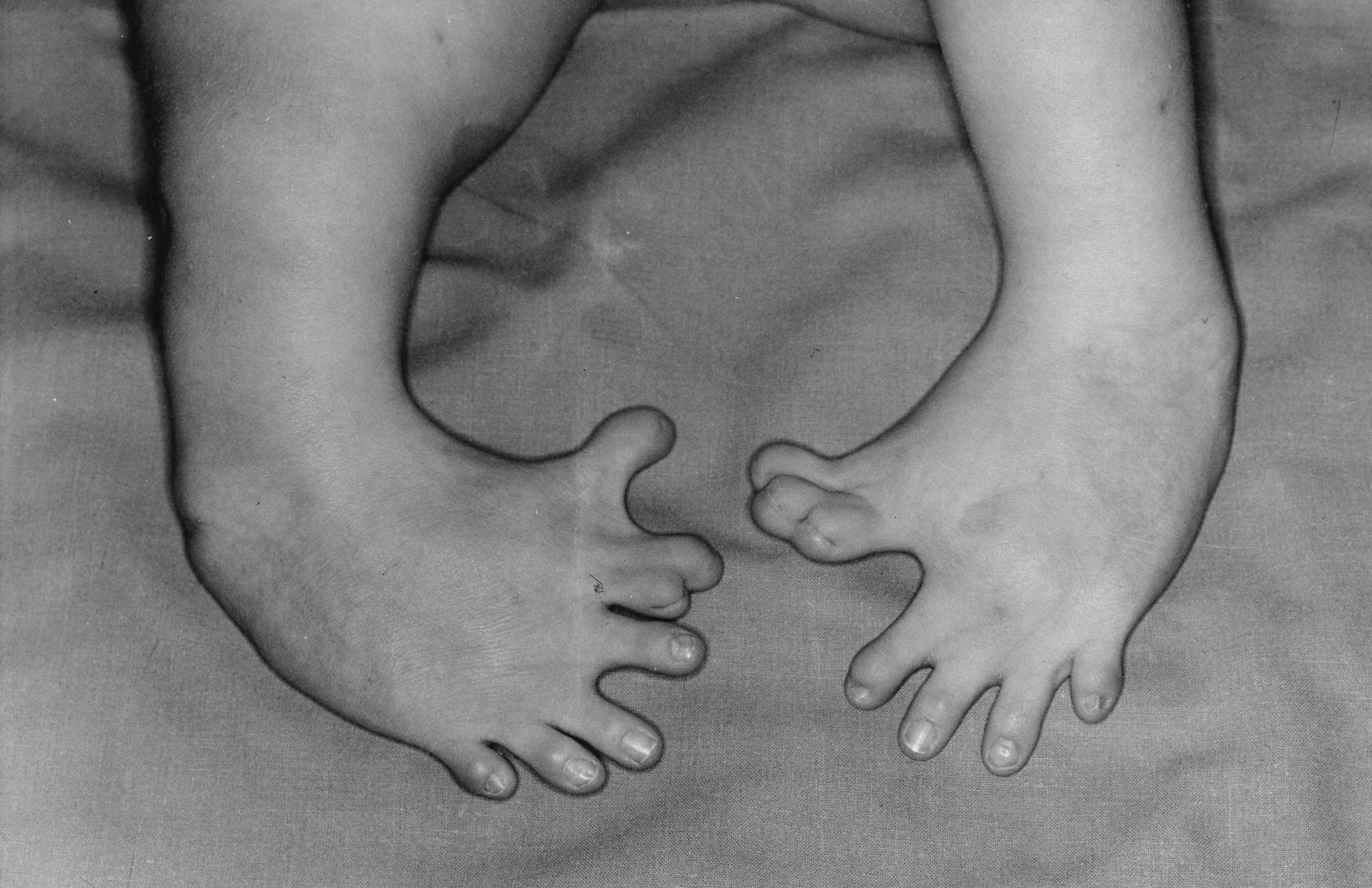
What is fetal thalidomide? Fetal thalidomide refers to the effects on unborn babies when their mothers took thalidomide during pregnancy. Thalidomide, a drug initially marketed in the late 1950s as a remedy for morning sickness, led to severe birth defects. Thousands of children worldwide were born with limb deformities, organ malformations, and other serious health issues. This tragedy highlighted the importance of rigorous drug testing and regulation. Despite its dark history, thalidomide is still used today under strict controls for treating certain conditions like leprosy and multiple myeloma. Understanding the history and impact of fetal thalidomide helps us appreciate the advancements in medical safety standards.
Key Takeaways:
- Thalidomide, a drug for morning sickness, caused severe birth defects in thousands of babies. It led to stricter drug testing and advocacy for disability rights, highlighting the importance of thorough medication testing.
- Despite its tragic history, thalidomide is now used to treat certain cancers and leprosy complications. Its dark past has emphasized the need for ethical responsibility in pharmaceutical development and marketing.
What is Thalidomide?
Thalidomide was a drug introduced in the late 1950s as a sedative and treatment for morning sickness in pregnant women. Its tragic side effects led to one of the most significant medical disasters in history.
- Thalidomide was first marketed in 1957 by a German pharmaceutical company called Chemie Grünenthal.
- Initially, it was considered safe and was sold over the counter in many countries.
- The drug was prescribed to pregnant women to alleviate morning sickness and aid sleep.
- Thalidomide was available in nearly 50 countries under various brand names, including Contergan and Distaval.
The Impact on Fetal Development
The consequences of thalidomide use during pregnancy were devastating, affecting thousands of unborn children.
- Thalidomide caused severe birth defects, primarily when taken between the fourth and eighth weeks of pregnancy.
- The most common defects included limb malformations, such as shortened or absent arms and legs.
- Other abnormalities included deformed eyes, ears, hearts, and urinary tracts.
- Approximately 10,000 children were born with thalidomide-related deformities worldwide.
- Many affected infants did not survive beyond their first year of life.
The Discovery of Thalidomide's Dangers
The link between thalidomide and birth defects was not immediately apparent, leading to widespread tragedy before the drug was withdrawn.
- Australian obstetrician Dr. William McBride first suspected the connection between thalidomide and birth defects in 1961.
- German pediatrician Dr. Widukind Lenz independently made similar observations around the same time.
- Their findings led to the withdrawal of thalidomide from the market in late 1961 and early 1962.
- The drug's withdrawal was not immediate in all countries, leading to continued cases of birth defects.
Legal and Regulatory Changes
The thalidomide disaster prompted significant changes in drug regulation and safety testing worldwide.
- The tragedy led to stricter drug testing and approval processes in many countries.
- In the United States, the Food and Drug Administration (FDA) implemented more rigorous drug approval requirements.
- Frances Kelsey, an FDA reviewer, famously refused to approve thalidomide for sale in the U.S., preventing widespread tragedy there.
- The disaster highlighted the need for better communication and cooperation between international regulatory bodies.
Thalidomide Survivors and Advocacy
Survivors of thalidomide's effects have become advocates for disability rights and compensation.
- Many survivors have faced lifelong physical and emotional challenges due to their disabilities.
- Thalidomide survivors have formed advocacy groups to seek compensation and support.
- In some countries, governments and pharmaceutical companies have provided financial compensation to survivors.
- Survivors have also campaigned for better accessibility and inclusion for people with disabilities.
Thalidomide's Modern Uses
Despite its dark history, thalidomide has found new applications in modern medicine.
- Thalidomide is now used to treat certain cancers, such as multiple myeloma.
- It is also used to manage complications of leprosy, particularly erythema nodosum leprosum.
- The drug's anti-inflammatory and immune-modulating properties make it useful in these conditions.
- Modern use of thalidomide is strictly controlled to prevent another tragedy, with stringent guidelines and monitoring.
Lessons Learned from Thalidomide
The thalidomide disaster has left a lasting legacy on medicine, regulation, and society.
- The tragedy underscored the importance of thorough drug testing, especially for pregnant women.
- It led to the establishment of teratology, the study of birth defects and their causes.
- The disaster fostered greater awareness of the potential risks of medications during pregnancy.
- It also highlighted the need for ethical responsibility in pharmaceutical development and marketing.
- The story of thalidomide serves as a cautionary tale, reminding us of the potential consequences of inadequate drug testing and regulation.
Reflecting on Fetal Thalidomide
Understanding fetal thalidomide is crucial. This drug, once hailed as a wonder, caused severe birth defects when taken by pregnant women. The thalidomide tragedy led to stricter drug regulations worldwide, ensuring better safety for future medications.
Thalidomide's impact on unborn children was devastating, resulting in thousands of babies born with limb deformities. Despite its dark history, thalidomide found new life as a treatment for certain cancers and leprosy. This duality highlights the importance of rigorous testing and regulation in pharmaceuticals.
Learning from past mistakes helps prevent future tragedies. The story of thalidomide serves as a powerful reminder of the delicate balance between medical innovation and patient safety. As science advances, the lessons from thalidomide remain relevant, guiding researchers and policymakers in their quest to protect public health.
Frequently Asked Questions
Was this page helpful?
Our commitment to delivering trustworthy and engaging content is at the heart of what we do. Each fact on our site is contributed by real users like you, bringing a wealth of diverse insights and information. To ensure the highest standards of accuracy and reliability, our dedicated editors meticulously review each submission. This process guarantees that the facts we share are not only fascinating but also credible. Trust in our commitment to quality and authenticity as you explore and learn with us.


